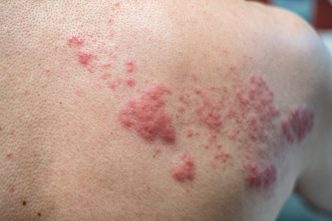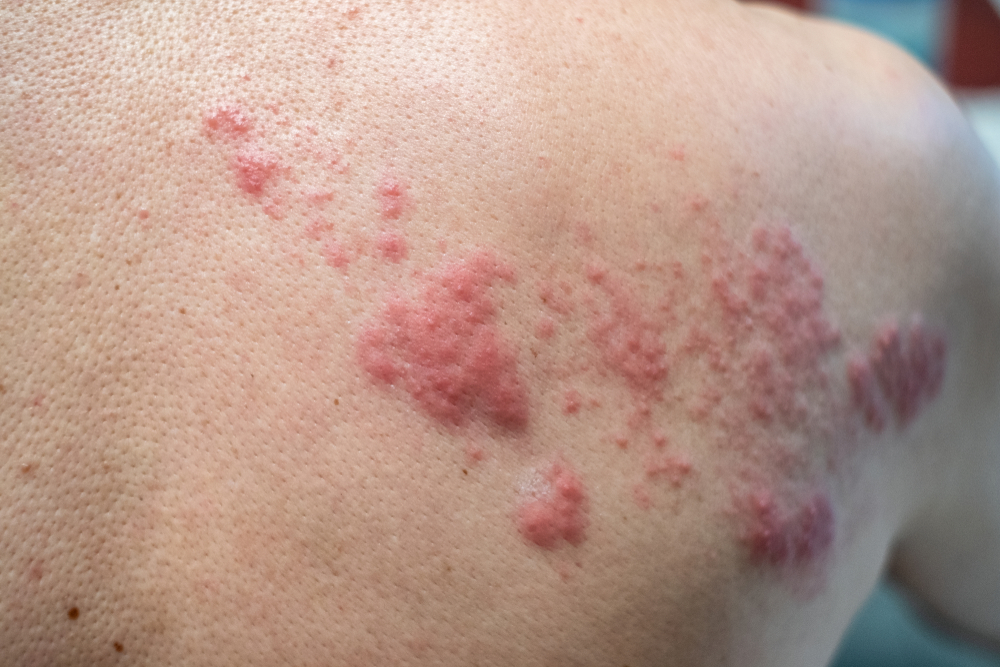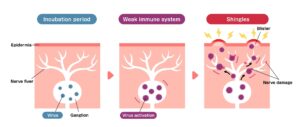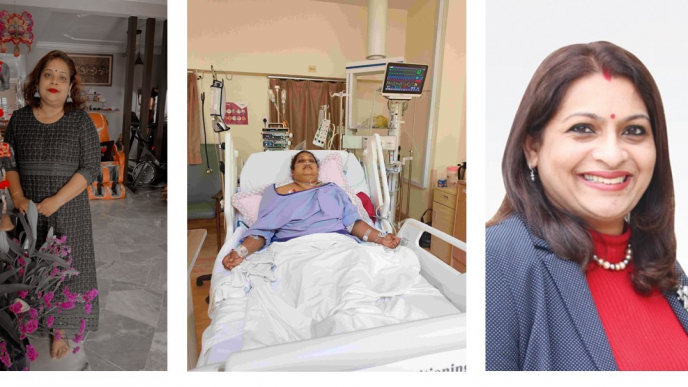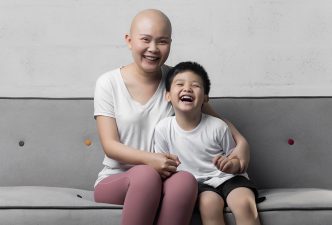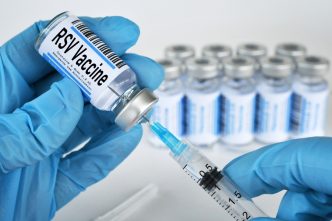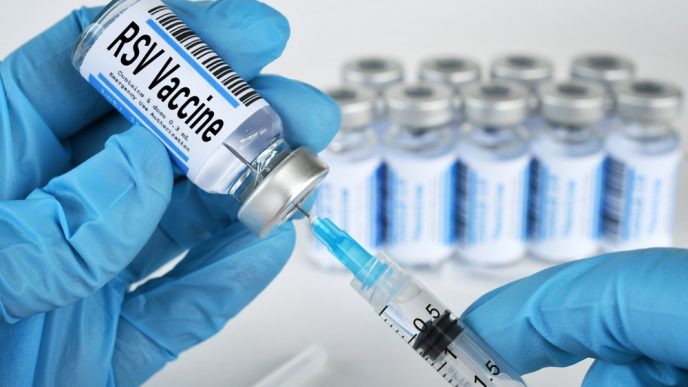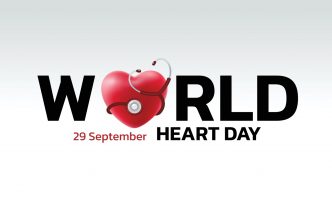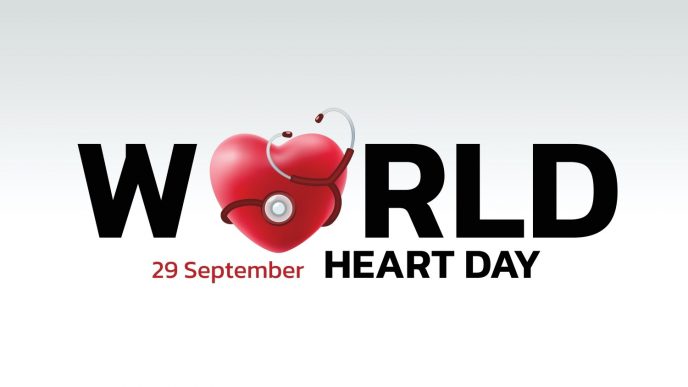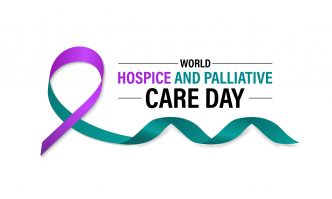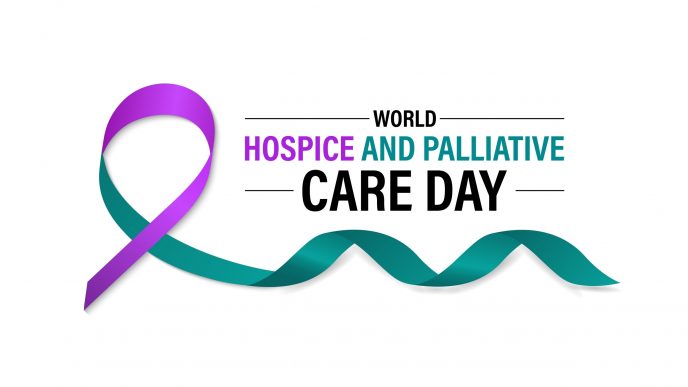WORDS LIM TECK CHOON
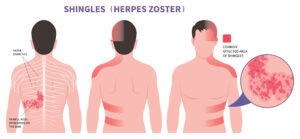
An overview of shingles. Click on the image to view a larger, clearer version.
5 ESSENTIAL FACTS ABOUT SHINGLES
- Shingles, also known as herpes zoster, is a viral infection that causes a painful skin rash that takes on a pattern known to Malaysians as “snake”.
- Chinese superstition held that should the “snake head” meet the “snake tail” as the rash spreads, it will cause death. Of course, this is not true. The rash can be painful, but it is not typically fatal.
- The “snake” is actually caused by varicella zoster virus (VZV), the same virus responsible for chickenpox.
- What happens is that after a person recovers from chickenpox, the virus still remains in an inactive or dormant state in their nervous system.
- Shingles develop when this virus becomes active again or reactivates. This can be common particularly among older adults or those with weakened immune systems.
Reactivation of dormant chickenpox virus can lead to the development of shingles. Click for a larger, clearer version.
THE SYMPTOMS OF SHINGLES
Rash
- Shingles typically manifests as a painful rash that develops into blisters, often appearing on one side of the body, commonly on the chest, abdomen, or face.
Pain and Emotional Distress
- The pain can be severe. It is often described as burning, stabbing, or shock-like.
- The intense pain can lead to significant emotional distress, impacting daily activities and quality of life.
- Due to the pain, many individuals report difficulties in sleeping, concentrating, and performing routine tasks.
Flu-like Symptoms
- Many individuals also commonly experience flu-like symptoms such as fever and fatigue.
COMPLICATIONS OF SHINGLES
Post-herpetic Neuralgia (PHN)
- This is a condition characterized by persistent nerve pain that can last for months or even years after the rash has healed.
- The risk of developing PHN increases with age.
- It affects approximately 10-20% of those who contract shingles, particularly in older adults.
Economic and Emotional Impact
- People with shingles have to face costs associated with medical treatment, lost workdays, and the potential long-term care needed for complications like PHN.
- The emotional toll and the risk of complications highlight the importance of preventive measures, particularly vaccination.
VACCINATION AGAINST SHINGLES
- Vaccination is a highly effective way to prevent shingles and its complications.
- The recombinant zoster vaccine (RZV) has shown remarkable efficacy in clinical trials.
- This is a non-live, recombinant subunit adjuvanted vaccine that enhances the immune response, helping the body to fight off the virus before it can reactivate and cause shingles.
- The vaccine is administered in 2 doses, with the second dose given 2 to 6 months after the first.
- It provides up to 97% protection against shingles in adults aged 50 and older.
- Studies indicate that RZV maintains an efficacy rate of over 80% against shingles even several years after receiving the vaccination.
RECOMMENDATIONS FOR THE VACCINE
- Health authorities recommend that adults aged 50 and over should receive the shingles vaccine, regardless of whether they have had shingles or chickenpox in the past.
- Additionally, individuals aged 18 and older who are immunocompromised or at increased risk for shingles should also consider vaccination.
- The optimal time to receive the vaccine is as soon as one reaches the eligible age, as the risk of shingles increases with age.
Reference: GlaxoSmithKline Pharmaceutical Sdn Bhd. (2024, September 10). GSK shingles vaccine now available in Malaysia [Press release, KKLIU 2560 / EXP 29.01.2025].

